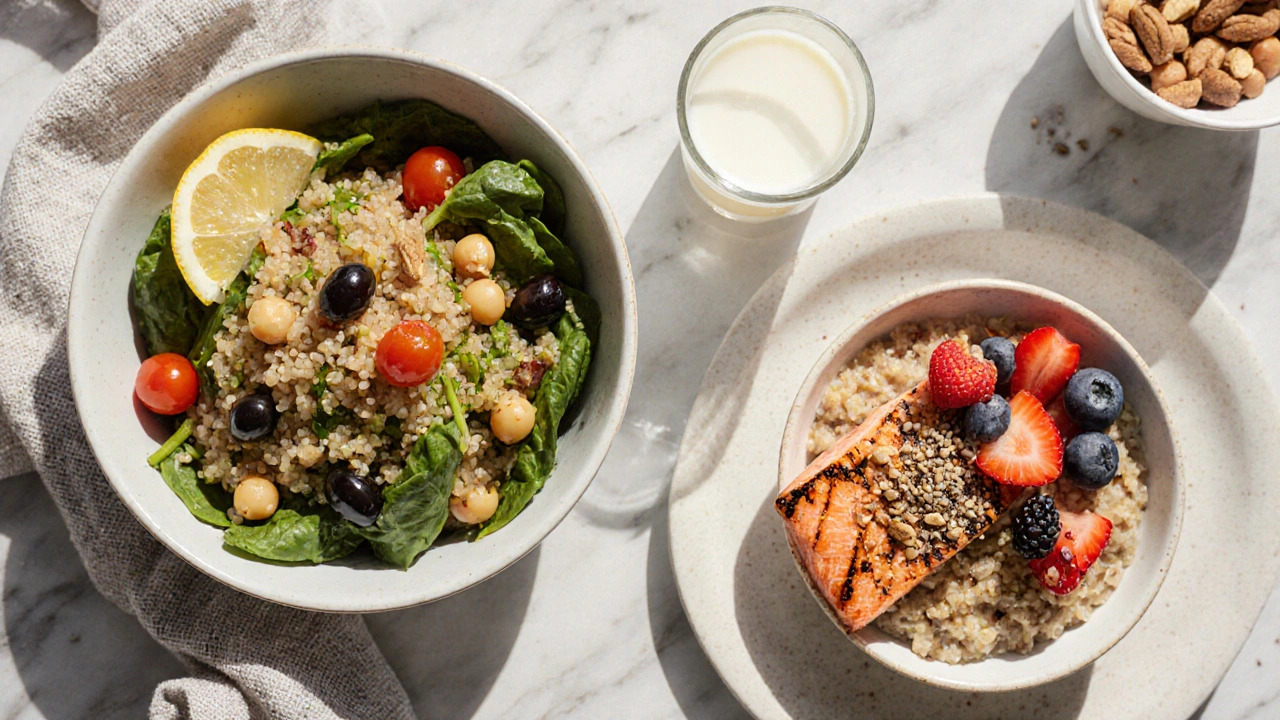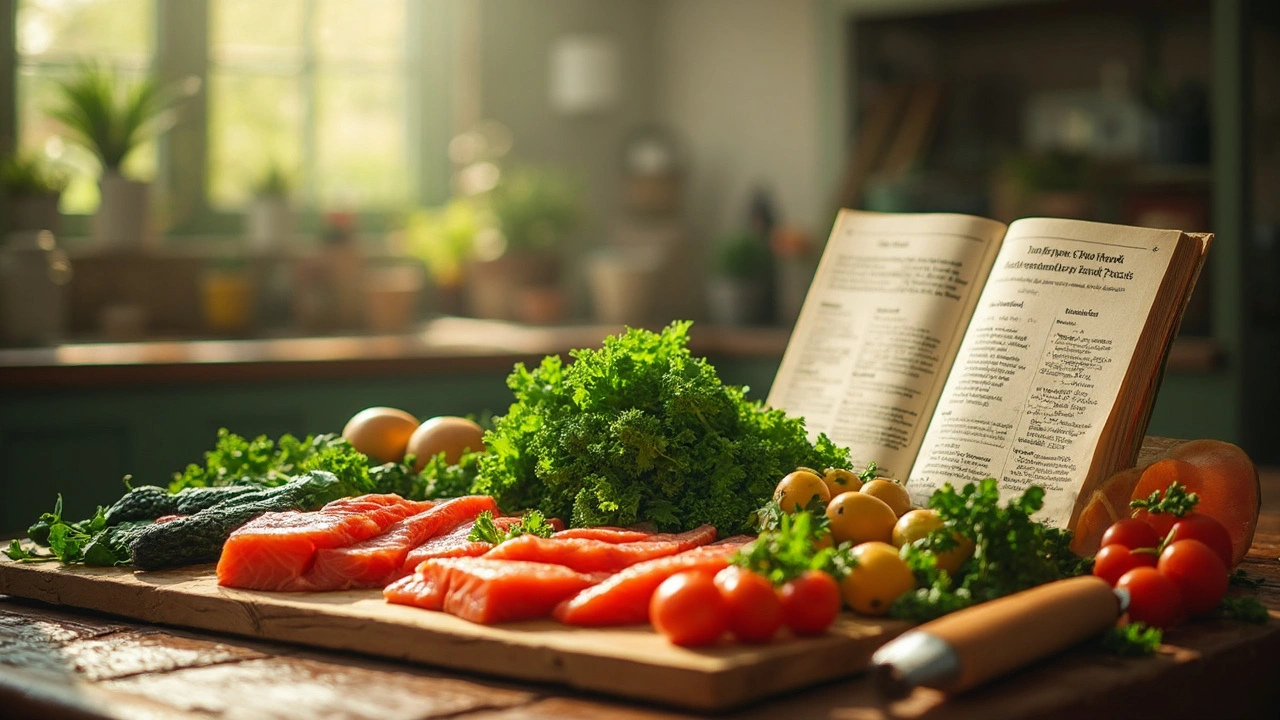How Diet & Lifestyle Can Prevent Breast Disease
Learn how everyday diet and lifestyle choices can lower breast disease risk, with practical meal plans, exercise tips, and a clear prevention checklist.
Read MoreWant to eat better without spending hours in the kitchen? Small, practical changes beat big, short-lived diets. Here are straightforward habits you can start today that actually stick.
Think of your plate in thirds: one third lean protein, one third whole grains or starchy veg, and one third vegetables. Add a piece of fruit or a small salad if you want more volume. This keeps meals balanced without counting calories.
Aim for 25–30 grams of fiber a day to help digestion and steady blood sugar. Good sources include oats, beans, lentils, apples, pears, broccoli, and whole-grain bread. Swap a refined grain for a whole grain once per day—like brown rice instead of white—and you’ll notice more fullness and better energy.
Replace sugary drinks with water or sparkling water with a splash of citrus. Swap candy or pastries for plain yogurt with berries or a small handful of nuts. Use herbs, spices, lemon, and vinegar to add flavor instead of heavy sauces and extra salt.
Choose cooking methods that cut fat: roast, steam, grill, or sauté with a little olive oil instead of deep-frying. When picking proteins, favor fish, poultry, beans, and tofu more often than fatty red meat. If you eat red meat, keep portions modest—about the size of your palm.
Prep one thing ahead each week. Chop veggies for quick snacks, cook a pot of beans or grains, or portion out breakfasts. Meal prep doesn’t mean full Sunday cooking—just remove friction so healthier choices are the easy choice.
Grocery rules: shop the store perimeter first where fresh food usually lives, and stick to a short list. Read labels for added sugars and sodium—if sugar is within the first three ingredients, consider a different option. Buy frozen vegetables and fruit when fresh is pricier; they’re just as nutritious and last longer.
Snack smart: pair carbs with protein to keep blood sugar steady. Examples: apple slices with peanut butter, whole-grain crackers with cottage cheese, or carrot sticks with hummus. These combos beat plain chips for both hunger control and nutrients.
If you manage a condition like high cholesterol, diabetes, or gallstones, focus on what matters: for blood sugar control pick fiber-rich carbs; for cholesterol favor soluble fiber (oats, beans) and plant-based proteins; for gallstones follow the guidance in our article “Effective Strategies for a Gallstone-Free Diet and Better Health.” Always check with your clinician before major changes.
Finally, don’t aim for perfection. Swap one item at a time and build new habits slowly. Consistency matters more than extremes. Want meal ideas or quick recipes? Browse our healthy eating posts and guides on Canada Pharmacy 365 for practical tools and realistic plans that fit a busy life.

Learn how everyday diet and lifestyle choices can lower breast disease risk, with practical meal plans, exercise tips, and a clear prevention checklist.
Read More
Inflammation can wreak havoc on your body, but thankfully, certain foods can combat this. By adding anti-inflammatory foods to your diet, like leafy greens and fatty fish, you can reduce inflammation and improve your overall health. This article covers the top 10 anti-inflammatory foods you should consider, with practical tips on how to incorporate them into your daily meals. Start eating healthier today and feel the difference!
Read More